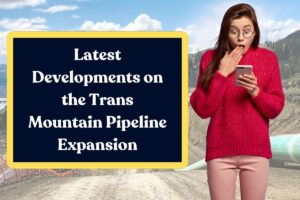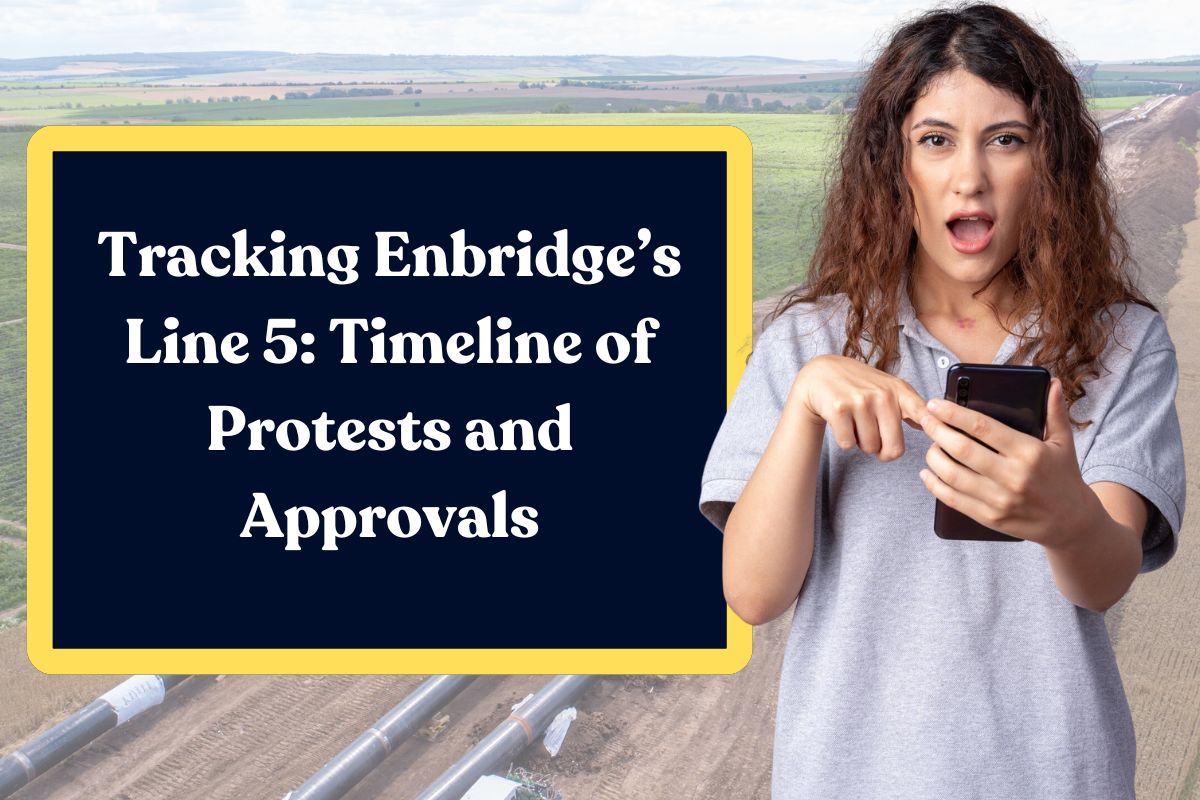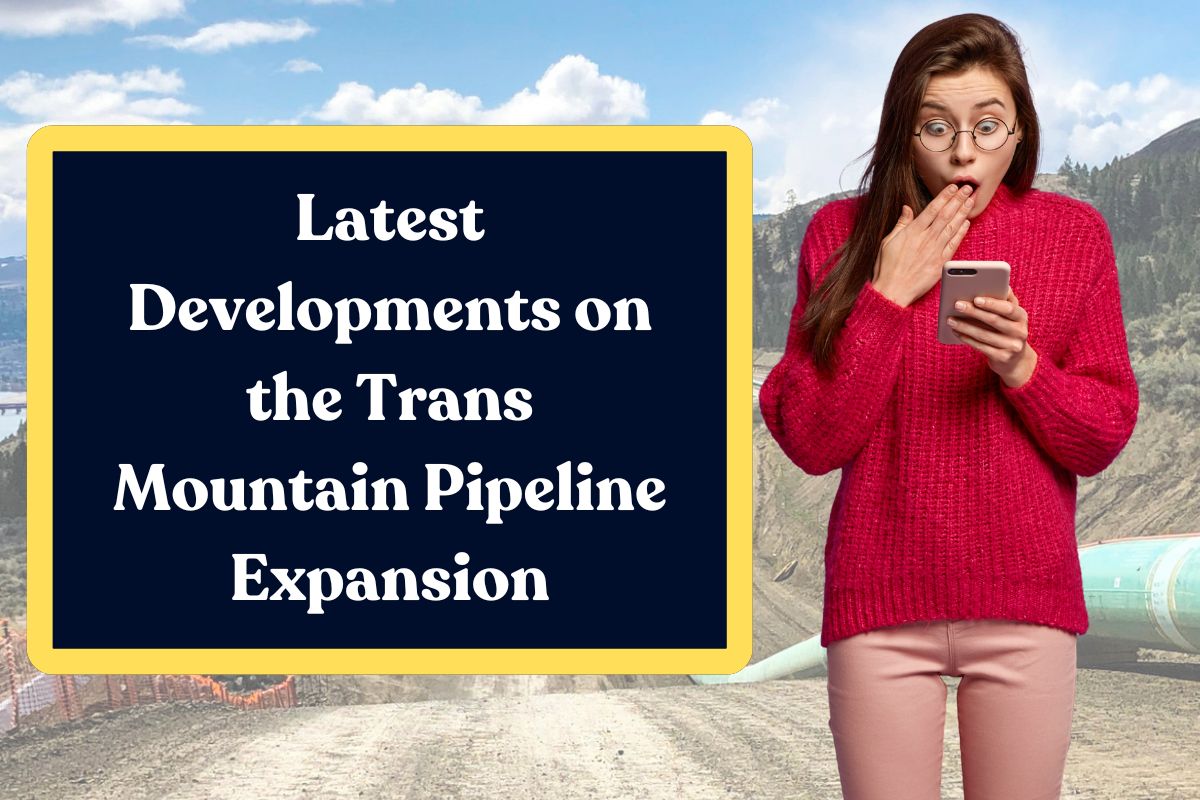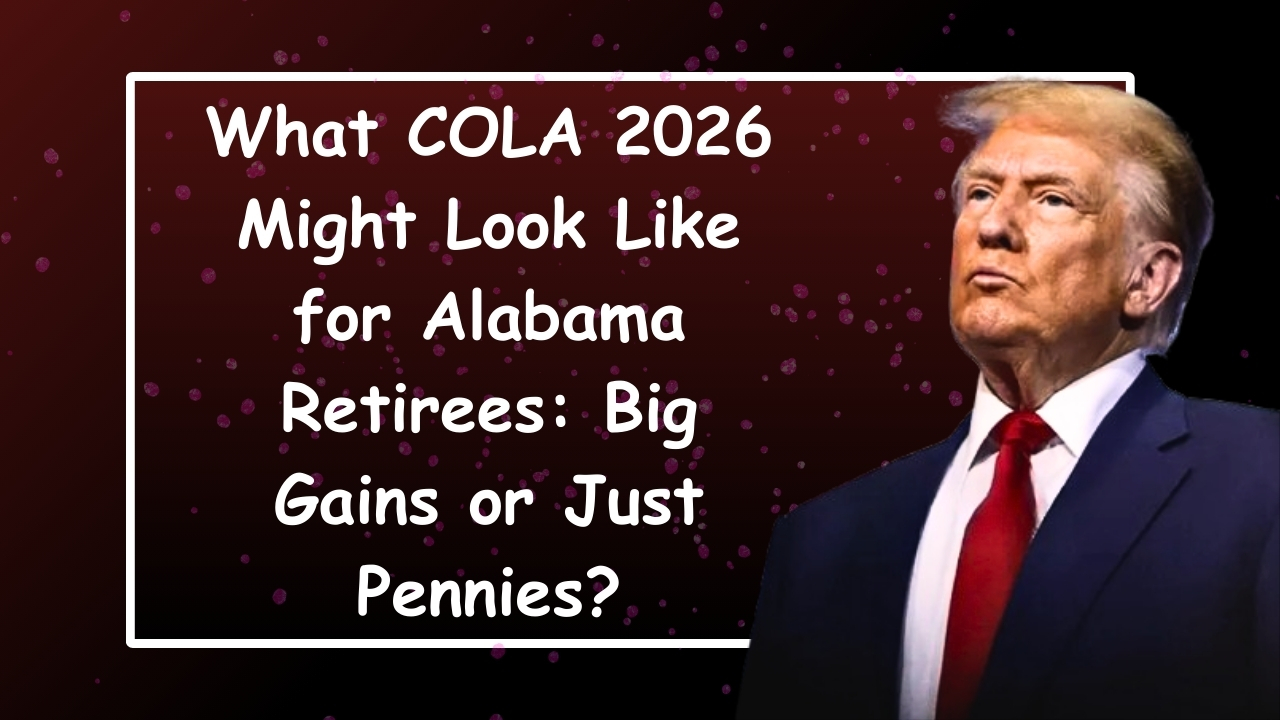Recently, we have seen that Enbridge’s Line 5 has become the centre of a growing political, environmental, and legal storm. Now the Enbridge Line 5 transports the crude oil and natural gas liquids through one of North America’s most ecologically sensitive areas which is the Straits of Mackinac.

The whole lake is 645 miles long and it stretches from Superior, Wisconsin, to Sarnia, Ontario. Now, it was started as a routine and a necessary infrastructure in the 1950s. However, the whole project is currently under a major scrutiny owing to the involvement of Indigenous rights, and environmental concerns.
So today in this article we will be discussing the complete timeline of Line 5. You will get to know the key protests, regulatory hurdles, legal battles, and governmental approvals regarding this particular project.

The Early Days of Line 5 (1953–2017)
In order to understand any particular thing in a better way we must first understand its history and its origin.
- 1953: The Enbridge Line 5 was constructed in 1953. It was done by threading the two aging pipelines under the Straits of Mackinac. This was a high risk area that connected Lake Michigan and Lake Huron.
- 1967–2017: During this particular time period, Line 5 was involved in at least 33 spills and leaked almost 1.1 million gallons of oil. Seeing this data the environmentalist raised an alarm that highlighted the poor age old infrastructure and lack of oversight.
- April 2018: In 2018 a big incident happens, a Ship’s anchor strikes and damages the protective coating of the Pipeline. Now this particular near disaster situation, amplified the fear amongst the public about the potential spoil in the Great Lakes.

Legal Challenges and Tribal Resistance (2018–2020)
- 2019: Now seeing the growing concerns, the Attorney General of Michigan Dana Nessel , sued to revoke the easement provided to Line 5 that allowed them to operate under the Straits. She cited the public trust doctrine and the growing environmental threats.
- December 2019: In December 2019, the four Michigan Tribal Nations, including Bay Mills and Little Traverse Bay Bands entered the law suit. They said that Enbridge was directly violating their treaty rights and tribal sovereignty.
- 2020: Following the lawsuit and the public outrage the Governor Gretchen Whitmer revokes the 1953 easement and gives Enbridge until May 2021 to shut down operations. However, Enbridge, defies these orders stating that only the federal government has the power to do any such thing.
Widespread Protests and Canada’s Involvement (2021)
- May 2021: Till now we were looking at the US side of things. In 2021 we started seeing the development on this side of Canada too. In Canada, Enbridge was banished by the Bay Mills Indian Community
- May 2021: Now, as large scale protests erupted across Michigan, from Mackinaw City to Lansing. The demand was simple to close down Line 5.
- October 2021: Canada, invoked the 1977 Transit Pipeline Treaty. Under this treaty they demanded the USA to keep line 5 open. Now this particular decision triggered discussions about the role of cross-border energy supply.

The Tunnel Proposal Emerges (2022–2023)
- 2022: Seeing the growing outrage, Enbridge decided to take some measures. They introduced a solution that intended to build a tunnel 100 feet beneath the lakebed to house a replacement segment of Line 5. Now, the company claims that this particular solution will surely reduce the risk of anchor strikes and the spills.
- April 2022: Wisconsin’s Department of Natural Resources closes public comments on Enbridge’s proposed 41-mile reroute near the Bad River Reservation.
- June 2023: When the cases reached the federal court, a judge ruled that the Line 5 trespasses on the Bad River Band’s land. Enbridge was ordered to shut down that particular segment by 2026.
Regulatory Approvals & Environmental Review (2024–2025)
- February 2024: The Michigan appellate court upholds the approval that allowed Enbridge to continue with their tunnel project under the Straits of Mackinac.
- April 2025: The U.S. Army Corps of Engineers fast-tracks the environmental review under a 2019 Trump-era executive order, citing energy security concerns.
- May 30, 2025: After their assessment the Corps released a Draft Environmental Impact Statement (EIS). Now in this report they accepted that the tunnel will certainly reduce some risks. However, the report also warned about the underlying risk to wetlands, bat habitats, and Indigenous cultural sites.
- May 30 – June 30, 2025: The EIS report was presented for a 30 day comment period. However, it drew a huge opposition from environmental groups, tribes, and local communities.

Supreme Court and Legal Turning Point (2025)
- June 30, 2025: The outcome could reshape state authority over interstate pipelines. Currently, the US Supreme Court accepted the plea of Enbridge. Their challenge was over whether the Enbridge Shutdown order belonged to the Michigan Government or the federal court. Now the outcome of this particular case clearly changes the authority structure of the interstate pipelines.
- Summer–Fall 2025: As the 30 day comment period is already completed. The Army Corps is soon expected to release a final EIS. They will also make a permit decision for the construction of the tunnel. However, even after this the public hearings and tribal legal challenges will continue.
What’s Next?
So we have completed the discussion about the Enbridge Line 5. Now below we have prepared a table that will take into account the upcoming thing in regards to the future of Line 5:
| Date | Event |
| Aug–Oct 2025 | Administrative hearings over the Bad River reroute |
| Fall 2025 | Army Corps expected to publish Final EIS |
| Late 2025 | Supreme Court ruling on court jurisdiction |
| 2026–2028 | Line 5 segment on tribal land must shut down or be rerouted |
So this was the complete timeline of Enbridge’s Line 5 is. Now this particular operation is an important part of North America’s Energy ecosystem. However, some questions constantly arise that need to be answered asap such as – How should we meet our current needs without compromising our future.
Now when it comes to Enbridge Line 5 there are multiple factors at play be it Indigenous rights, international treaties, legal challenges, and environmental risks. As the case is currently under the Supreme Court, it would be wrong or comment anything now. All we need to do right now is wait for a decision from the court.






